By Cliff Liu
Annenberg Radio News
Mayor Antonio Villaraigosa flipped the switch today on the final traffic light control box in the citywide signal synchronization program.
“Every single traffic light in the City of Los Angeles is fully synchronized. The only big city over a million in the entire world that has every traffic light synchronized,” said Villaraigosa.
Synching all of LA’s traffic lights on the Automated Traffic Surveillance and Control system has been an ongoing effort since before the 1984 Olympics. The computer-based traffic signal control system monitors traffic in real time and syncs traffic lights accordingly.
Those behind the program say it will result in a 16 percent increase in travel speed and a 12 percent decrease in travel time.
“That translates into an average 22 hours and 23 minutes of time savings a year- nearly a day in the lives spent in travels,” the Mayor said.
That should help people get to where they’re going on time, but it didn’t work out for the Mayor who came half an hour late to today’s unveiling.
Along with the faster travel times comes environmental benefits in a city with 2.5 million registered cars.
“We have so many benefits that come from this. Less time idling at intersections that will help clean the air and reduce our air pollution and with twelve million plus people on our city streets, that translates into an incredible improvement on air quality,” said Councilwoman Jan Perry at the event.
The LA Department of Transportation says today’s synchronization will have the same effect as taking 190,000 cars off the road.
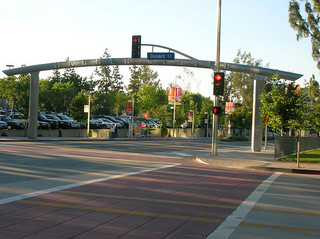









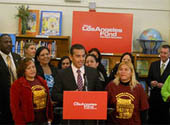 You probably used to hear it from your parents all the time.
You probably used to hear it from your parents all the time.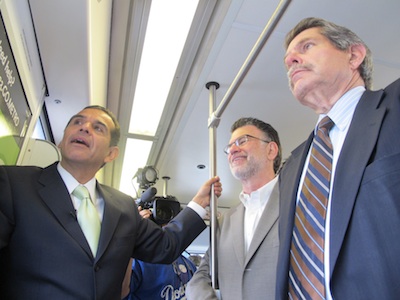
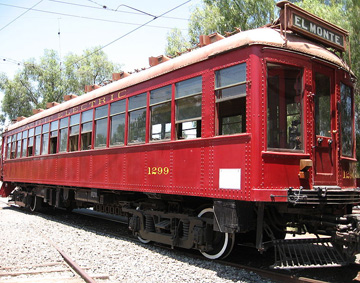
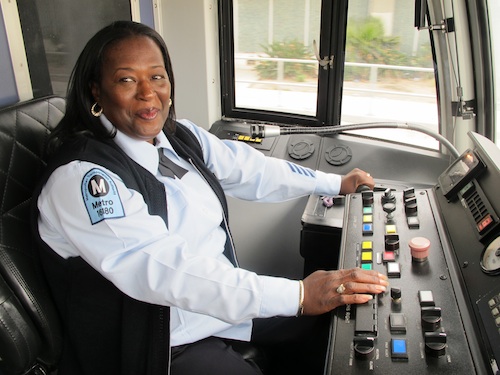
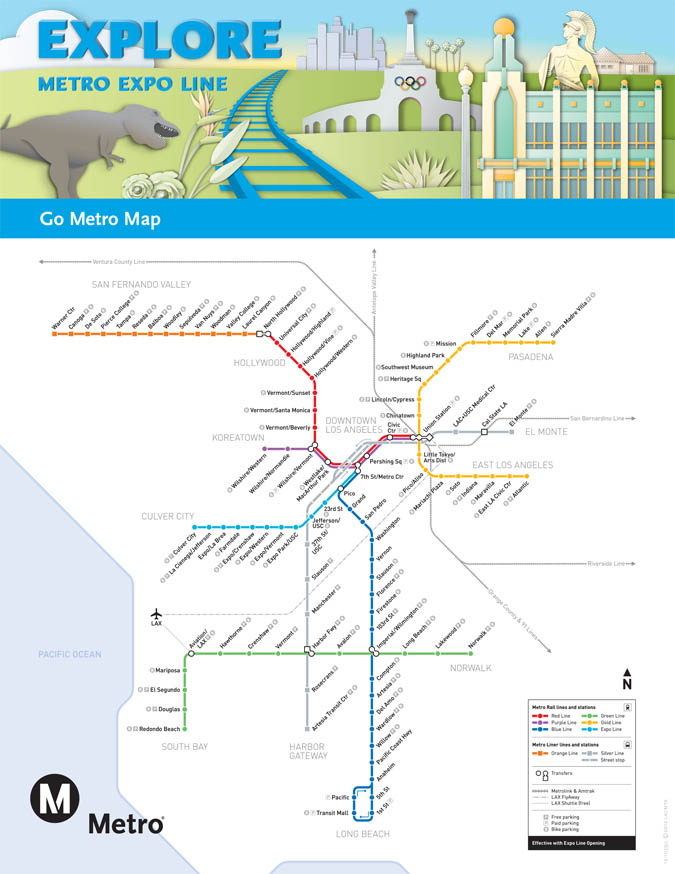
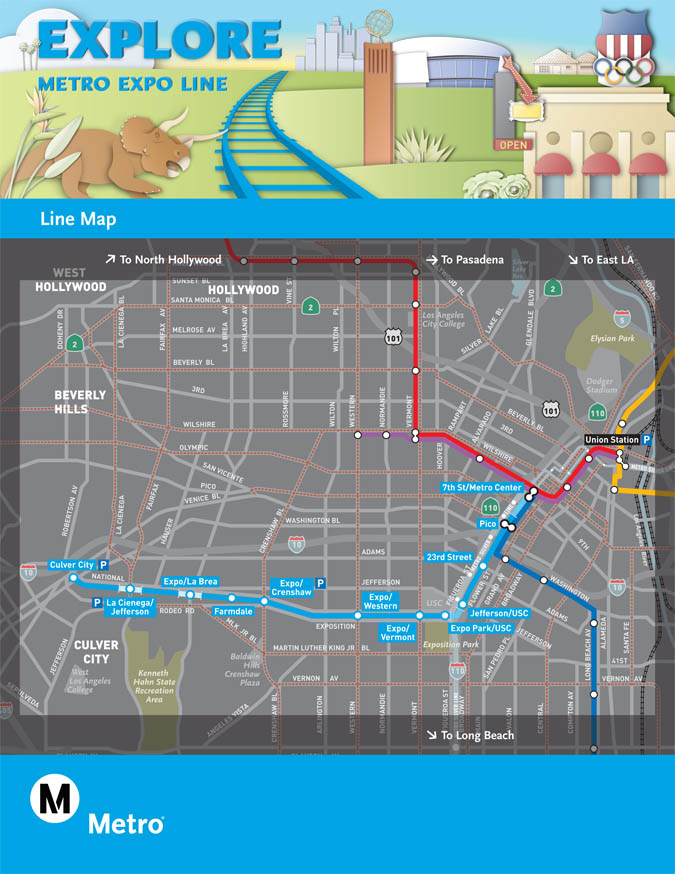

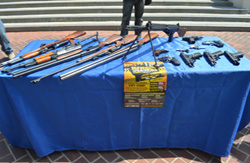
 Villaraigosa said guns and gangs are the two main issues that threaten the safety of residents in Los Angeles. Because of the success of programs like the Gun Buy-Back, cities all over the country are following L.A.’s lead and implementing similar programs of their own.
Villaraigosa said guns and gangs are the two main issues that threaten the safety of residents in Los Angeles. Because of the success of programs like the Gun Buy-Back, cities all over the country are following L.A.’s lead and implementing similar programs of their own. 




